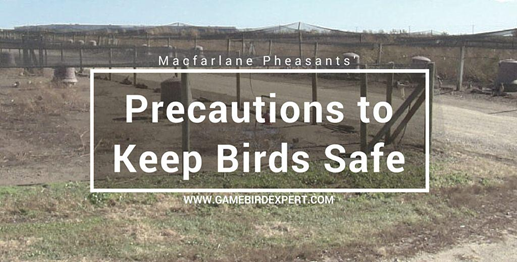Breeder Birds Get New Barns
In the first half of the 20th century, commercial pheasant farms traditionally hatched the first chicks of the season in mid to late April. Starting around 1960, my father began lighting pheasant breeders to induce our hens to lay eggs earlier. The reason my dad began to light our hens was that he found that there was a demand for earlier chicks. With traditional lighting (the sun) pheasants come into production rather slowly, and it takes a month to reach full hatching production (which would mean the first full hatches of the season would be in mid May). By lighting pheasant hens, not only will the breeding hens start laying eggs earlier, the hens build to peak production much more quickly. By hatching pheasant chicks in early April and by having full hatches by mid to late April, my dad was able to fill a market niche. Also on our farm, by starting chicks in early April we were able to run one more batch of chicks through our barns expanding our production capability without building more brooding barns. One of the challenges of the pheasant business is that many of our capital investments can only be utilized for a few months of the year (incubators, brooding barns, mature bird delivery trucks are a few examples). So, when an opportunity arises to enable us to better utilize a capital investment (like a brooder barn) by running one more batch of chicks through the barn – we seize that opportunity.
We continued to light (outside) a portion of our pheasant breeder flock from the 60’s through the early 90’s. We refined our lighting program to reduce the stress on the hens from the lighting. My dad used 1500 watt incandescent (when I was a teenager I thought it was cool to see a 1500 watt bulb “pop” when snow began to fall and the cold snow hit the hot glass) to light his hens. We switched to quartz lights in the late 80’s. But as the years passed I discovered that there was a call (again a niche) for even earlier hatched pheasant chicks. Living in Wisconsin posed a problem when we thought about breeding our hens even earlier. The problem was that if we light our hens to lay eggs that will hatch in March, those eggs might be laid in a foot of snow. So in the 90’s, we began to experiment with lighting pheasant hens in buildings. Initially we bred our early flock hens in our brooder barns – thinking that the brooder barns were empty and we could utilize that space. Of course, we had to keep those early lit inside flocks in the brooder barns until it warmed up and by that date we were already hatching chicks. Consequently, we had barns where we had newly hatched pheasant chicks in one end of the barn and pheasant hens in production on the other side of the wall. Needless to say having chicks and breeders in close proximity is not a good idea – and we knew we had to find another way.
For the past few years we have bred our early hens either at a rented facility about 40 miles from here or at an off site farm that bred our hens for us, and then shipped the eggs to us on a weekly basis. We struggled with the decision to invest the money to build dedicated indoor pheasant breeding facilities, but finally decided that we have the market for the chicks and we have the egg washing facility and the hatchery – so let’s build the barns.
Eric Meudt (one of the managers at our farm) and I started on the path of designing and budgeting two new breeder barns this summer. The two barns are currently under construction – each barn is 50’ X 300’. We have incorporated all the ideas and knowledge that we have accumulated over the past few years. The barns have automatic feed systems and are well insulated (steel interior walls and a steel ceiling). We are installing a ventilation system that is able to exchange the air every one minute and using dimmable florescent lighting throughout the building.
The hens that lay in these barns will produce enough eggs in one season to produce over 425,000 chicks. We really look forward to seeing the results of our hard work and planning.
Related Posts
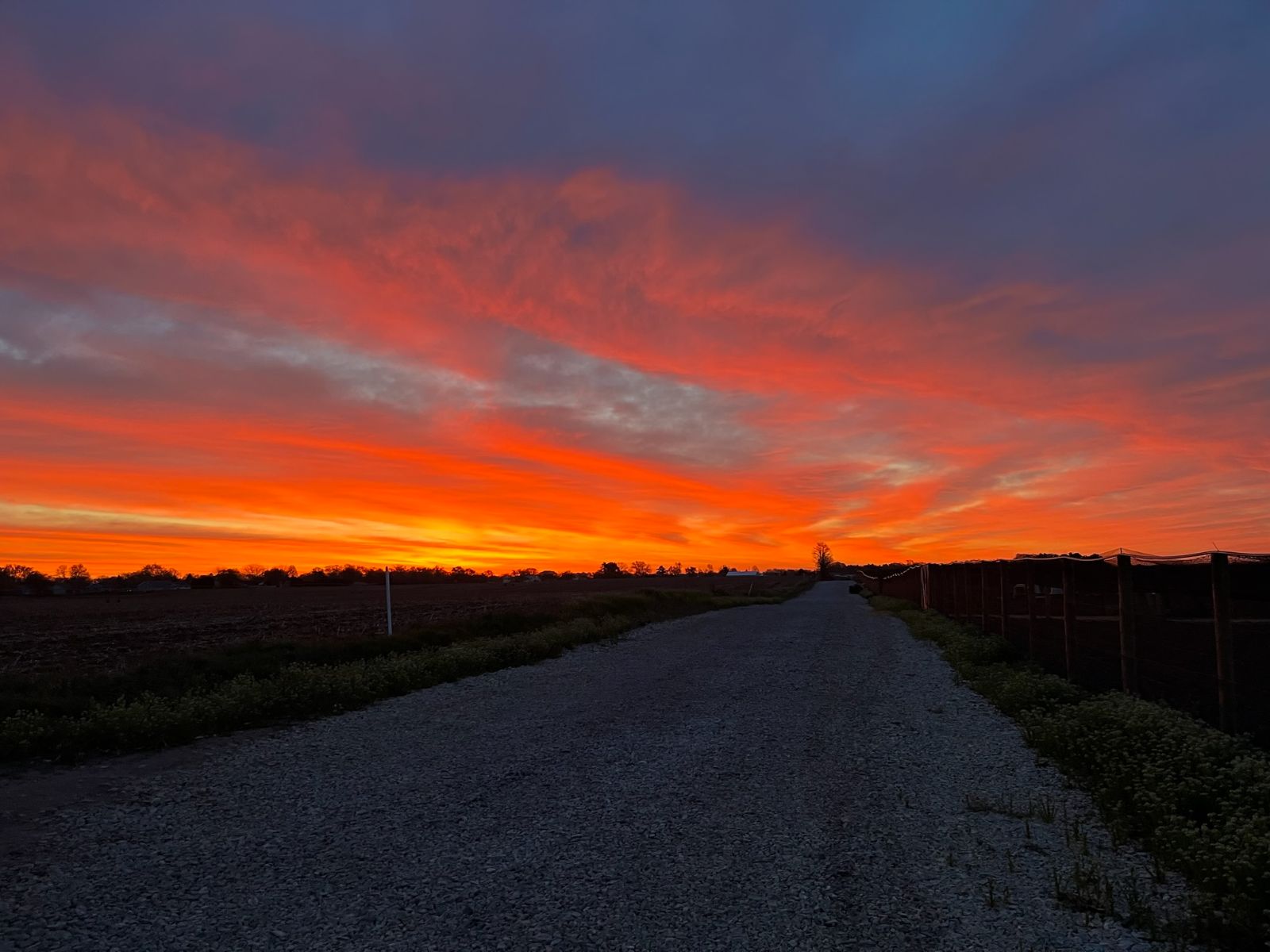
A Journey of Expansion: Jim Clark’s Legacy & Our New 16 Acres of Pheasant Pens
Read Post
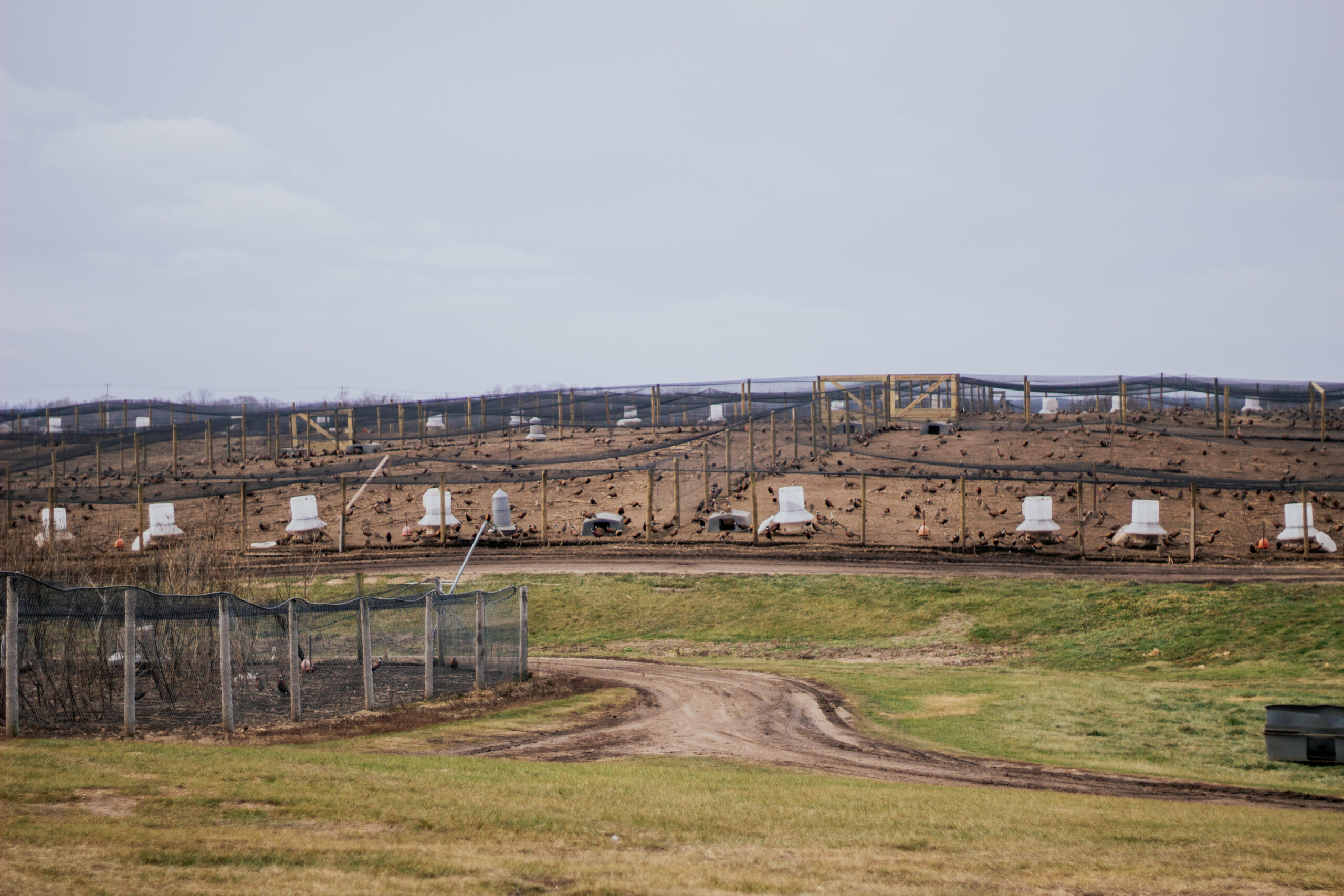
Preparing Our Barns & Pens Each Spring
Read Post
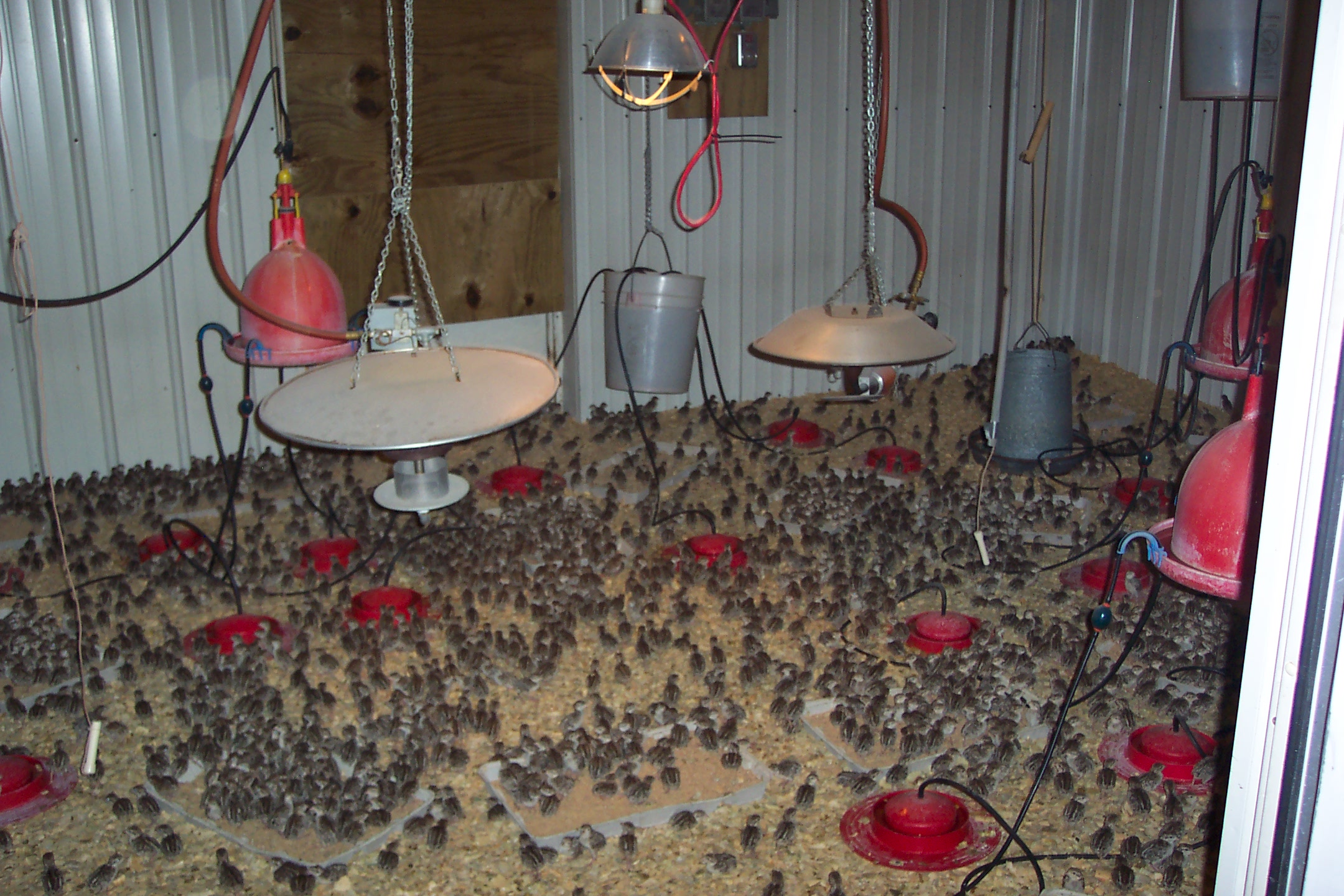
How We Prepare For Brooding Our Chicks
Read Post
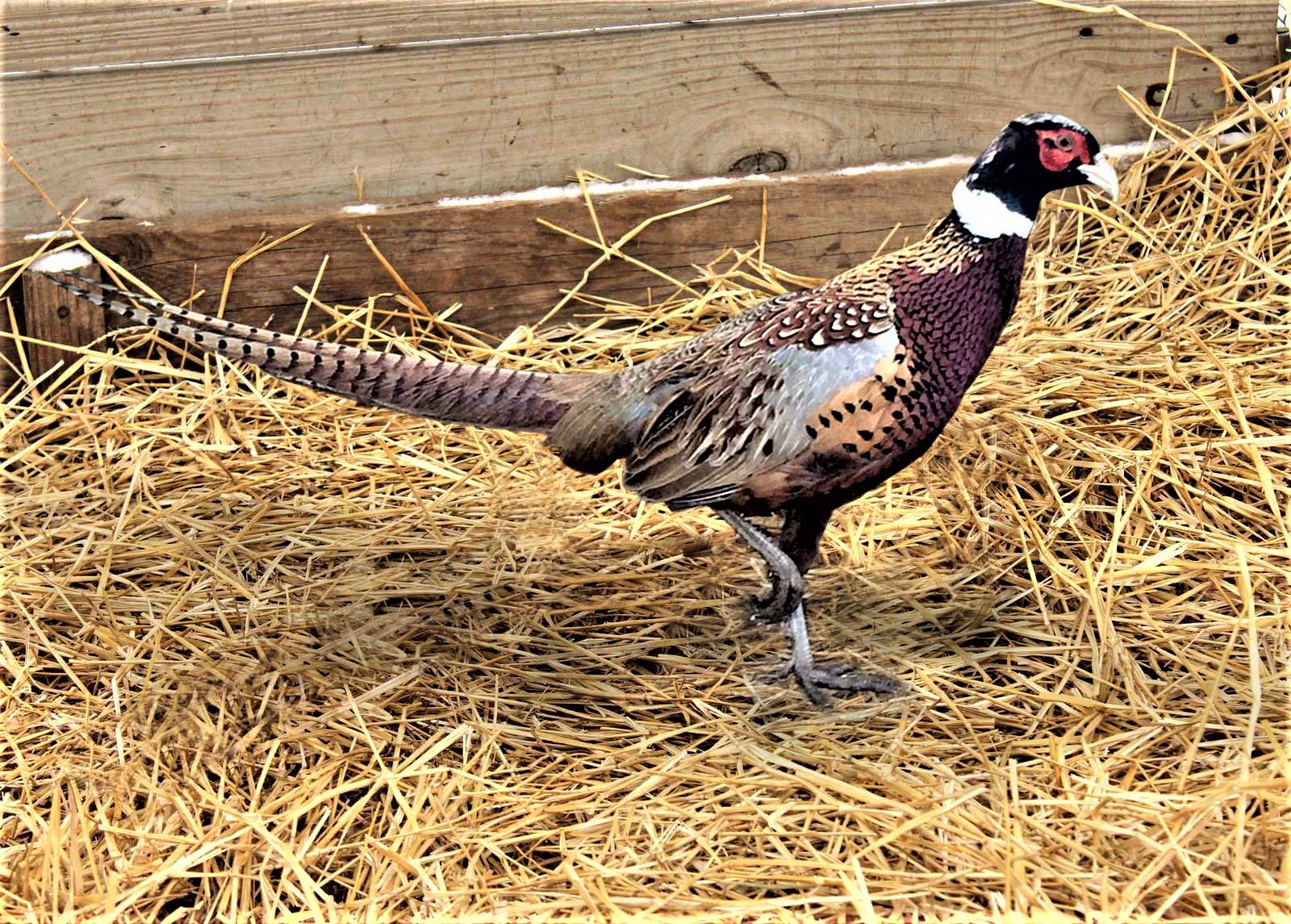
Our Milton Farm in 2024!
Read Post

10 Ways To Get the Most Out Of Brooder Barns
Read Post
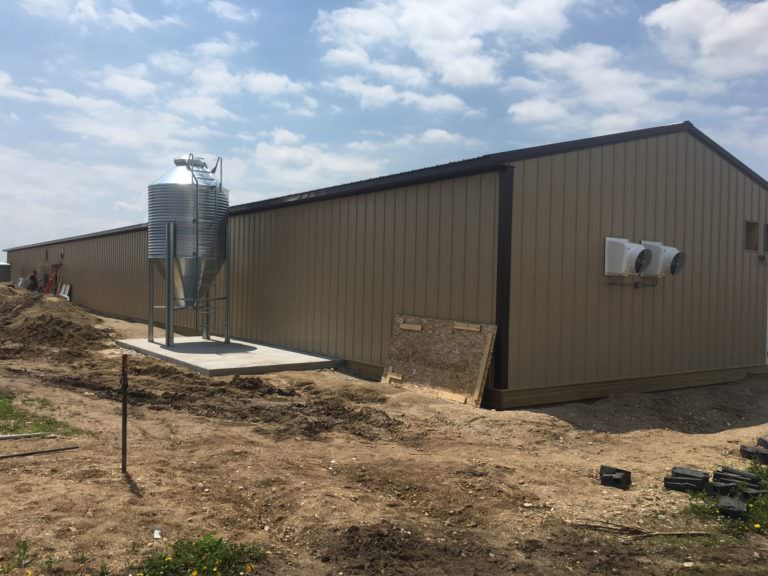
Air Flow in Barns
Read Post
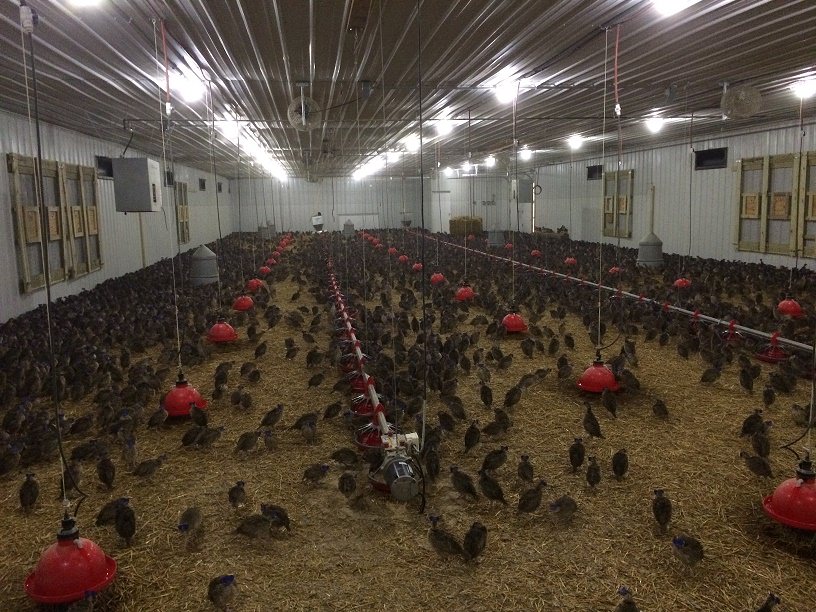
Barn Maintenance at MacFarlane Pheasants’ Milton Farm
Read Post
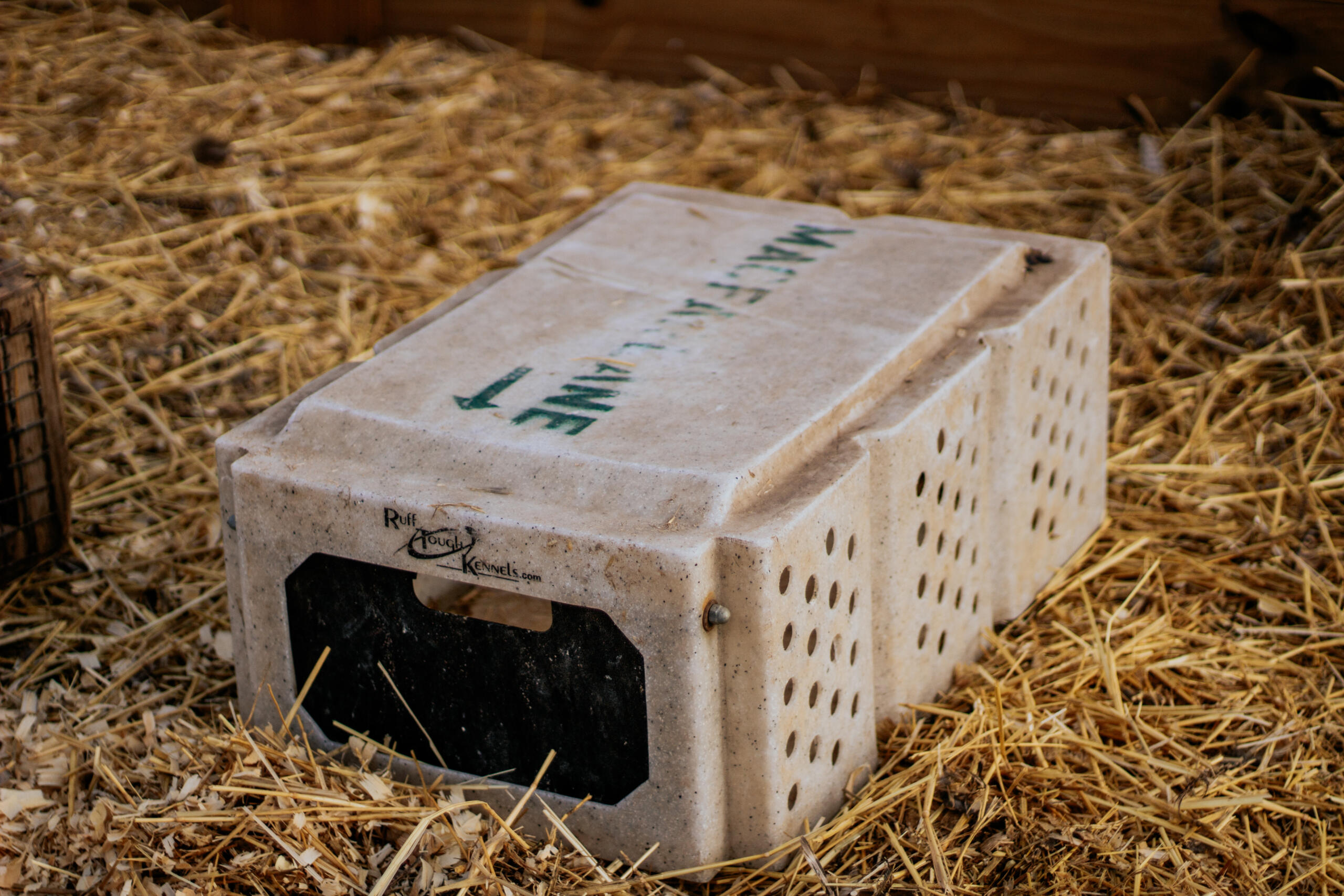
Choosing the Best Bedding for Pheasants and Game Birds
Read Post
Take Advantage of These Free Resources
As the biggest game bird farm in the United States, we want to share our experience with you. Download our free resources below and get started.

